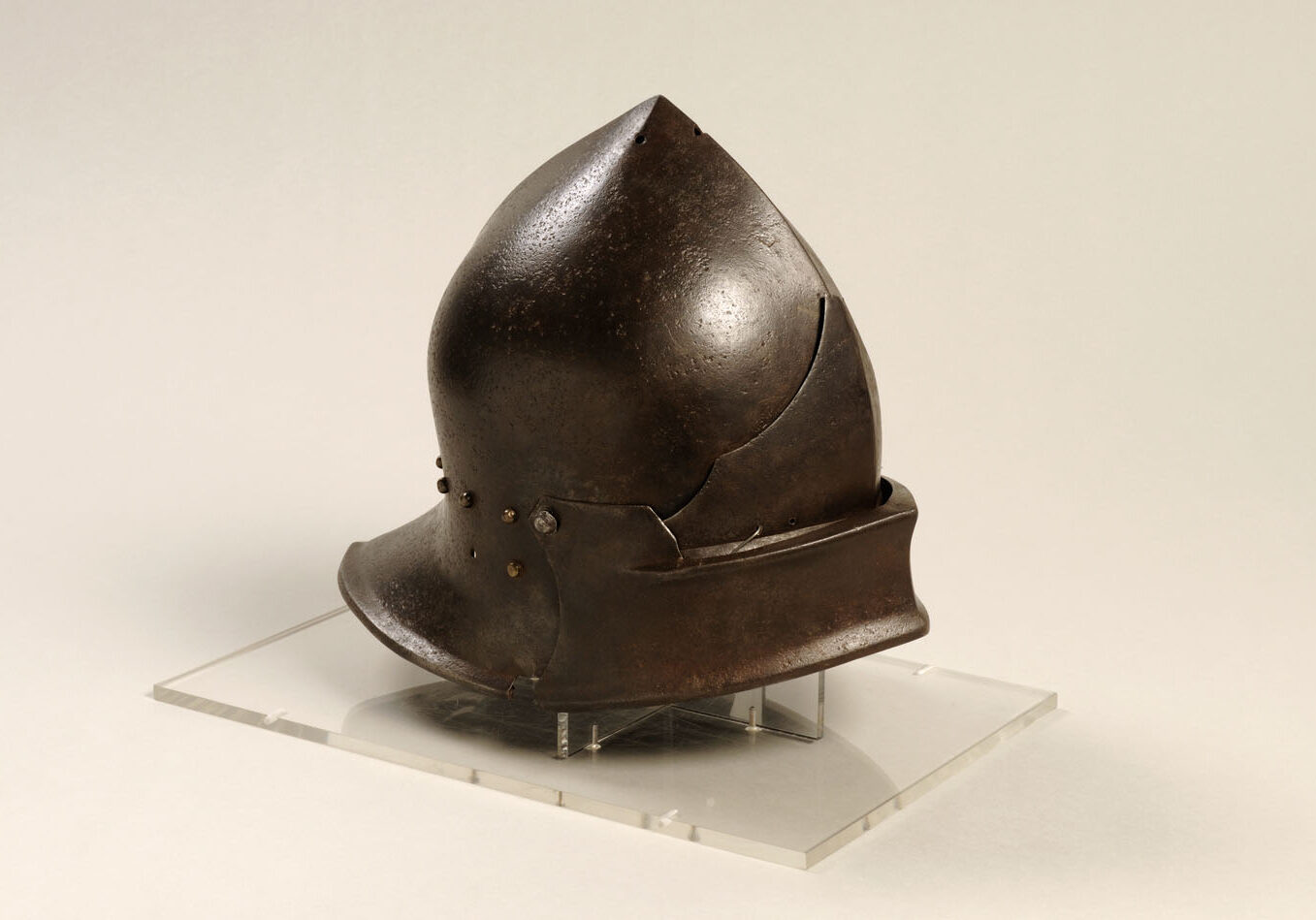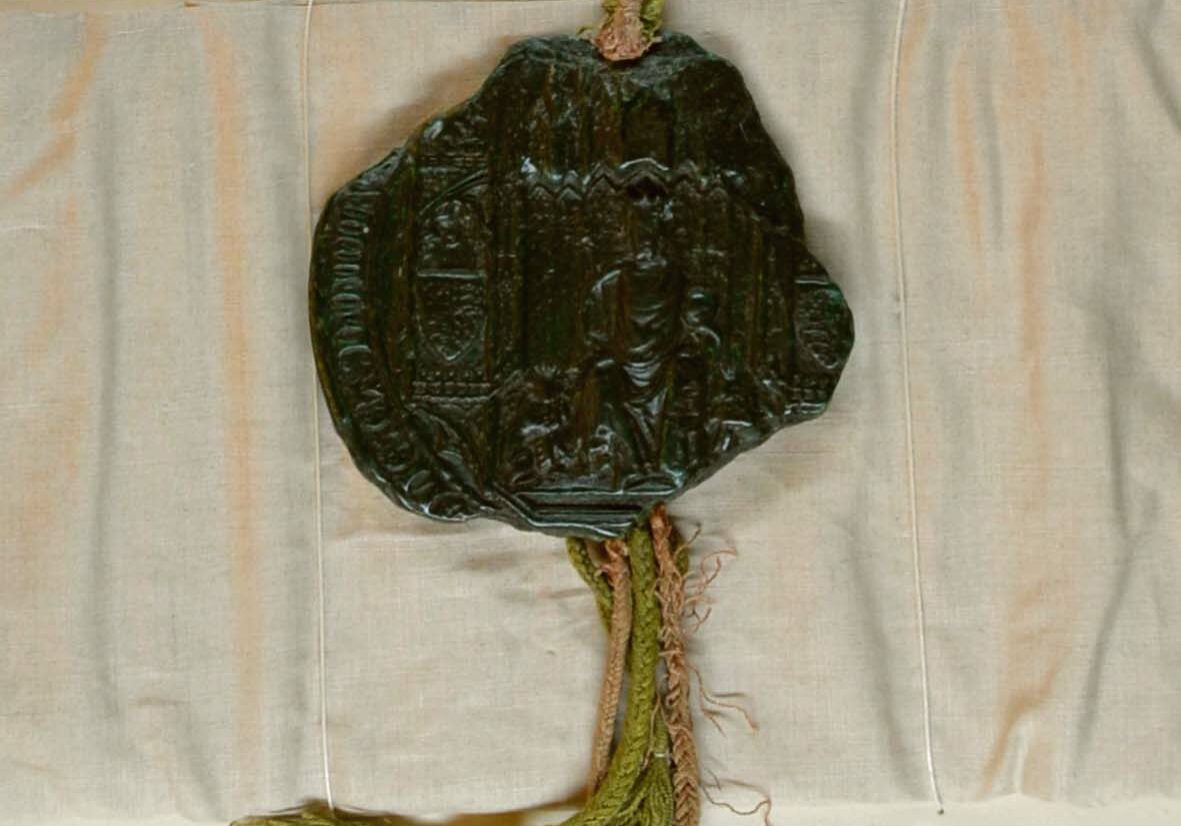Margaret of Anjou (1430–1482) depicted in the Talbot Shrewsbury Book © The British Library Board, Royal MS 15 E VI. Issued under Creative Commons License.
Queen Isabella (1295–1358) and Queen Margaret of Anjou (1430–1482) found themselves governing England at times of political turmoil. Their stories are strikingly similar. Both were sent from France to England to resolve conflict between the warring nations by marrying an English King. Both had strong connections with Coventry.
Queen Isabella
Isabella was given the lordship of Cheylesmore Manor in 1330. She worked with Coventry’s leading townspeople to assert their ascendancy over the rival claims of the Prior, who was head of St Mary’s Priory.
The 1345 Charter of Incorporation, confirmed by her son, Edward III, is one of the earliest grants of independence to any English city. Isabella influenced the city though a series of building projects, including St John the Baptist chapel and Bablake college.
Queen Margaret of Anjou
Between 1456 and 1460, Coventry became the royal headquarters and the effective capital of the county when Margaret persuaded the royal family to move to the Midlands at a time of unrest. Already awarded county status in 1451, Coventry was enjoying a ‘golden age’ at this time, when its wealth, based on the production of woollen cloth, ensured the production of the best art, architecture, music and drama that medieval England could offer.
During the Wars of the Roses, Margaret led the Lancastrian party, but was finally defeated in 1471, sent to Coventry as a prisoner, and finally exiled.
For an A3 downloadable walking tour associated with the two queens and a tour of Coventry’s art, archives and architecture highlights click here

Medieval helmet called a Sallet, dating from the 1460s © Culture Coventry Trust/Herbert Art Gallery and Museum

Seal from the 1345 Charter of Incorporation showing Edward III and his coat of arms. © Culture Coventry Trust/Coventry Archives
Return to 'Resources'

Medieval Coventry registered charity no.1171572






